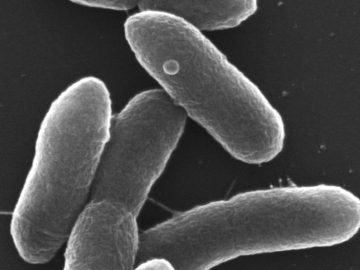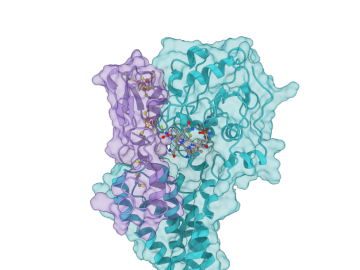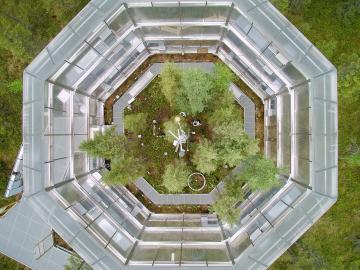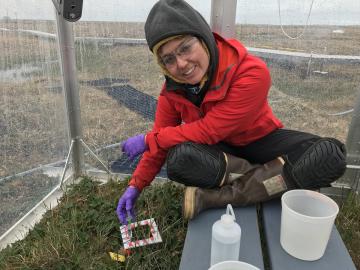
Filter News
Area of Research
- (-) Energy Science (67)
- (-) National Security (18)
- Advanced Manufacturing (3)
- Biology and Environment (89)
- Biology and Soft Matter (1)
- Computational Engineering (1)
- Computer Science (1)
- Fusion and Fission (4)
- Isotopes (1)
- Materials (25)
- Materials for Computing (3)
- Neutron Science (15)
- Nuclear Science and Technology (1)
- Quantum information Science (1)
- Supercomputing (64)
News Type
News Topics
- (-) Environment (35)
- (-) Fossil Energy (2)
- (-) Machine Learning (15)
- (-) Mercury (2)
- (-) Summit (5)
- 3-D Printing/Advanced Manufacturing (53)
- Advanced Reactors (6)
- Artificial Intelligence (17)
- Big Data (5)
- Bioenergy (26)
- Biology (12)
- Biomedical (6)
- Biotechnology (4)
- Buildings (19)
- Chemical Sciences (13)
- Clean Water (4)
- Composites (7)
- Computer Science (31)
- Coronavirus (10)
- Critical Materials (4)
- Cybersecurity (23)
- Energy Storage (46)
- Exascale Computing (2)
- Frontier (1)
- Fusion (2)
- Grid (25)
- High-Performance Computing (8)
- Hydropower (1)
- Isotopes (1)
- Materials (23)
- Materials Science (18)
- Mathematics (1)
- Microelectronics (1)
- Microscopy (6)
- Molten Salt (1)
- Nanotechnology (8)
- National Security (36)
- Neutron Science (13)
- Nuclear Energy (9)
- Partnerships (16)
- Physics (2)
- Polymers (6)
- Quantum Science (3)
- Security (14)
- Simulation (2)
- Space Exploration (1)
- Transportation (35)
Media Contacts

ORNL scientists have modified a single microbe to simultaneously digest five of the most abundant components of lignocellulosic biomass, a big step forward in the development of a cost-effective biochemical conversion process to turn plants into

A team led by ORNL created a computational model of the proteins responsible for the transformation of mercury to toxic methylmercury, marking a step forward in understanding how the reaction occurs and how mercury cycles through the environment.

Oak Ridge National Laboratory researchers have designed and additively manufactured a first-of-its-kind aluminum device that enhances the capture of carbon dioxide emitted from fossil fuel plants and other industrial processes.

Oak Ridge National Laboratory researchers have developed artificial intelligence software for powder bed 3D printers that assesses the quality of parts in real time, without the need for expensive characterization equipment.

From materials science and earth system modeling to quantum information science and cybersecurity, experts in many fields run simulations and conduct experiments to collect the abundance of data necessary for scientific progress.

Scientists at Oak Ridge National Laboratory have demonstrated a direct relationship between climate warming and carbon loss in a peatland ecosystem.

Five researchers at the Department of Energy’s Oak Ridge National Laboratory have been named ORNL Corporate Fellows in recognition of significant career accomplishments and continued leadership in their scientific fields.

Scientists at ORNL used neutron scattering and supercomputing to better understand how an organic solvent and water work together to break down plant biomass, creating a pathway to significantly improve the production of renewable

Ada Sedova’s journey to Oak Ridge National Laboratory has taken her on the path from pre-med studies in college to an accelerated graduate career in mathematics and biophysics and now to the intersection of computational science and biology

While some of her earth system modeling colleagues at ORNL face challenges such as processor allocation or debugging code, Verity Salmon prepares for mosquito swarms and the possibility of grizzly bears.


